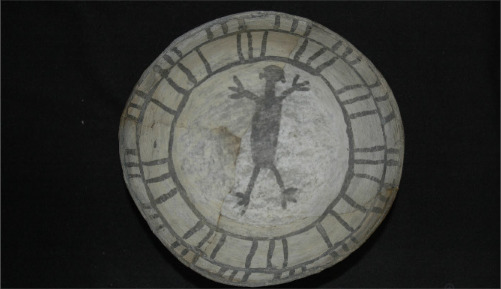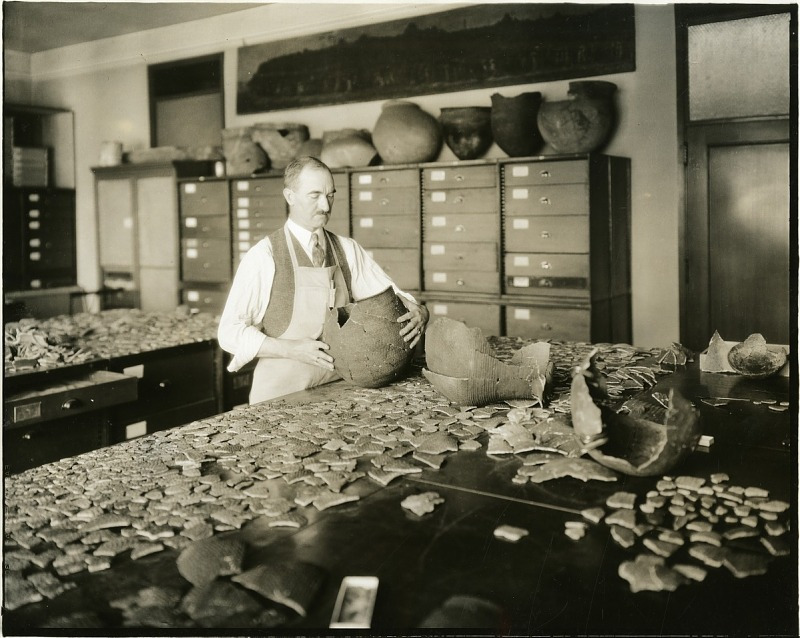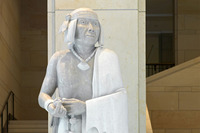Early Pueblo Pottery
The History
For thousands of years, the Pueblos of the Rio Grande region of New Mexico had produced various types of pottery as a way to accurately represent aspects of their unique culture. One of the ancestral tribes was the San Marcos Pueblos who had begun creating ceramics in the pre-colonial period and eventually upon the arrival of the Europeans. Thousands of shards of pottery from numerous tribes have been recovered along the Rio Grande region. The ceramics represent more than just a piece of pottery for the Pueblo people. To create these ceramics, the people used clay which they were able to obtain from their land making them one with nature. Over time, the methods and styles used by these individuals to create pottery evolved, specifically the glaze, paint color, and size. The ceramics were also used for religious rituals and were traded throughout the southwestern region.
The Pueblo Revolt
To understand the background of the ancient Pueblo people, we must start with one of the most famous victories for the Native Americans against European colonists. The revolt in 1680 was organized by the Pueblo leaders including a well-known leader named “Po’pay”. The Spanish arrived 100 years before and imposed imperialism, which led to European and Catholic cultural influences being spread through the Pueblos in the region. The ancient Pueblos showed resilience against the Spanish colonists by organizing a revolt to overcome and reverse these influences including the forced conversion of the Pueblo people to the Catholic Church. The revolt restored the identity of the Pueblos for over a decade, expelling the Spaniards out of the territory for a 13-year period. Pueblo style pottery that changed from Spanish influence even went back to the prehistoric methods used long ago from the result of the up-rising.



